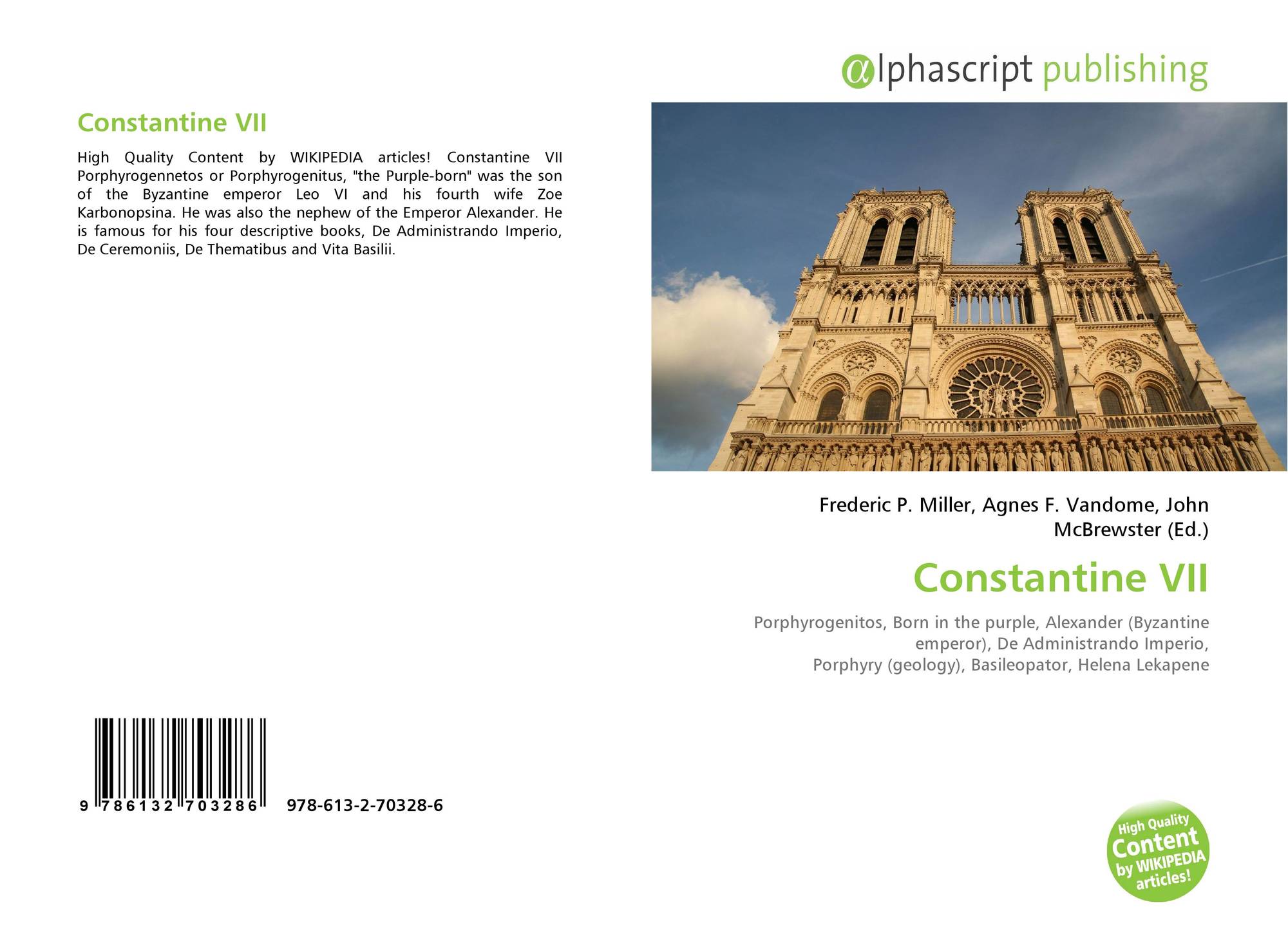

Islands in the vicinity but not part of Pagania were Chora (presumably Sušac ), Iës (Vis ) and Lastobon ( Lastovo ).

Pagania had the inhabited cities of Mokron (Makarska ), Beroullia (presumably Brela ), Ostrok ( Zaostrog ) and Slavinetza (near Gradac ), and the large islands of Kourkra/Kiker with a city ( Korčula ), Meleta/Malozeatai ( Mljet ), Phara ( Hvar ) and Bratzis ( Brač ). Rhastotza and Mokros lay by the coast, and had galleys, while Dalen was distant from the sea and was based on agriculture. Pagania had the counties ( župa (zoupanias)) of Rhastotza, Mokros and Dalen. In DAI's chapters Story of the province of Dalmatia and Of the Pagani, also called Arentani, and of the country they now dwell in, the geography of Pagania is described. In Croatian, the tribal name is rendered as Neretljani (Неретљани) and Pagani (Пагани), while the polity mostly as Paganija (Паганија). The Pagani are so called because they did not accept baptism at the time when all the Croats were baptized." Venetian sources ( John the Deacon) used the geographical term Narentani (as in princeps Narentanorum, Narrentanos Sclavos ) and Slavic ethnonym ( Sclavi) to refer to the people. 913–959), the tribe is called Paganoi (Greek: Παγανοὶ, Παγανοἰ), and their polity Pagania (Παγανὶα, Παγανἰα), in Greek, while also noting that in Latin they are called Arentanoi (Αρεντανοἰ) and their polity Arenta (Αρεντα). In the 10th-century De Administrando Imperio ( DAI) of Byzantine emperor Constantine VII Porphyrogenitus (r. The word Narentine is a demonym derived from the local Neretva river (Latin language: Narenta).


 0 kommentar(er)
0 kommentar(er)
